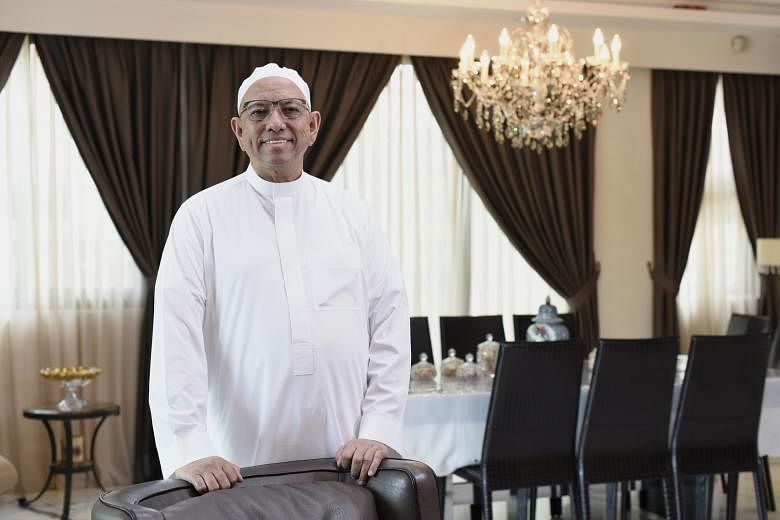Heavy rain deterred Madam Zaiton Abdul Manaf and her group from attending afternoon prayers at Mecca's Grand Mosque on Sept 11. It was a decision that could have saved their lives.
Strong winds caused a crane to collapse through the mosque's roof, killing 109 people.
Madam Zaiton, a patient services officer at the National University Hospital, saw sand being blown into her hotel and wooden beams being washed around by the heavy rain, scattering crowds. "We were crying out of shock when we saw that," said the 56-year-old, who learnt of the full tragic extent of the devastation only later.
This year's haj was one of the deadliest on record. Thirteen days after the crane collapsed, more than 700 people were killed in a stampede at Mina.
No Singaporeans were killed in the incidents, and those who have returned from the Muslim pilgrimage have shared their stories.
Dr Mustafa Izzuddin, 35, a research fellow with the Iseas-Yusof Ishak Institute, was in Medina visiting the mosque of the Prophet Muhammad when he heard about the crane collapse, which occurred at a spot where he often sat to read the Quran during previous visits.
He and his group had also left Mina two hours before the stampede occurred. "I was thankful and relieved," he said, adding that many of the streets between Mina and Jamrat, where the stoning ritual takes place, appeared to be closed, forcing pilgrims to squeeze into the remaining narrow streets.
Calling for greater planning to prevent future tragedies, he said: "More Saudi troops should have been deployed to manage the crowd."
Mr Ayoob Angullia, managing director of Shahidah Travel and Tours, which has been operating haj tours since 1987, said Singaporean pilgrims tend to stick to their groups and avoid taking risks.
He believes the Saudi authorities should institute mandatory haj courses internationally as part of their visa requirements, teaching pilgrims safety etiquette.
"With knowledge and training, the pilgrims can take up the challenges easily. Whatever may come they know what to do," he said.
There is as yet no word on whether these incidents will affect future haj procedures or visa quotas, currently capped at 680 pilgrims annually for Singapore.
"We hope to be able to get the quota revised officially upwards from 680 to 800," said Minister-in-charge of Muslim Affairs Yaacob Ibrahim, adding that the Saudi authorities had earlier given assurance that the haj quota would be increased from next year.
Despite this year's tragedies, Madam Zaiton hopes to able to visit Mecca again for her umrah, the minor pilgrimage, to see the Kaaba - the cube-shaped structure Muslims direct their prayers towards.

